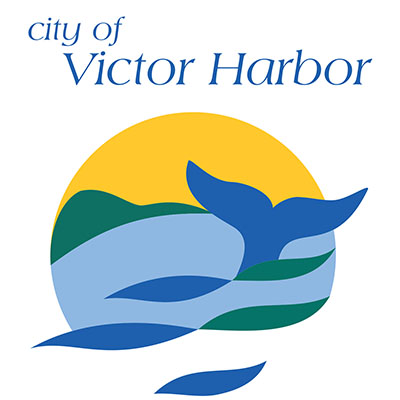Storms and Floods
In South Australia, floods can occur at any time of the year. Flooding can be caused by rivers, storm water or coastal inundation. Flash flooding, the rapid onset of flooding caused by intense rainfall, is often difficult to forecast and can occur without warning.
The South Australian State Emergency Service (SES) should be your main source of information for storm and flood preparation, advice, and up-to-date information.
The SES has dedicated advice for storm and flood preparation and response.
The state government also has some great online resources you can use in emergency preparation.
Planning and knowing what to do during a flood will help you avoid making last minute decisions that could prove fatal. As part of your preparation you should:
- understand your risks from a flood
- have an emergency plan including:
- checking that your insurance policy is current and covers floods
- knowing where to go for safety and the safe routes to get there
- making sure you know when to call 132 500 eg when there is serious damage to your home, your property is a risk of flooding, a tree has fallen on your car or home
- knowing your ABC emergency radio frequencies
- have an emergency kit stored in a waterproof container
- keep mobile phones fully charged and have a battery-powered radio and torch handy in case of a power outage
- prepare your home and property, including:
- finding out where you can pick up sandbags
- placing sandbags in and around your home
- stacking possessions onto benches and tables, placing electrical items on top
- moving waste containers, chemicals and poisons above floor level
- securing objects that are likely to float and cause damage
- preparing your vehicle to go
- thinking about sheltering in or leaving your home.
Looking after your pets
Pets are an important part of the family and they are equally affected by storms in particular.
- During a storm they could be frightened by thunder, lightning or heavy rain
- If a flood occurs they might need to be evacuated from their usual space
Make sure you include your pets in your emergency plan, and ensure they have a collar, registration tag and microchip in case you are separated from them.
There are some important things you need to do during a flood to keep you and your family safe.
Stay informed
Be aware of the current conditions. You should:
- keep listening to your local ABC radio station
- keep checking the SES website or Facebook for flood and storm updates
- check SA Police road closures
- keep an eye out to see what is happening in your immediate surroundings - eg a river may be rising, the rain is heavy and hasn't eased.
Evacuation
When emergency services issue an evacuation order or if you decide to leave your home voluntarily:
- follow instructions given to you by emergency services
- follow your emergency plan, adding last-minute items to your emergency kit and getting your vehicle ready
- shut off household utilities
- make sure you let your emergency contacts know when you're leaving and where you are going
- take your pets with you.
For emergencies call Triple Zero (000) or phone the SES storm and flood response on 132 500.
Stay away from floodwater
Don't drive, ride, boat, walk, play or swim in floodwater.
The majority of flood-related deaths in Australia are due to people entering floodwater. People and vehicles can be swept away in fast moving floodwater. It's often deeper and faster than it looks. If you do become stranded, stay with your vehicle.
Floodwater can be contaminated by sewage or toxic chemicals.
Floodwater can contain submerged objects and debris that can cause injuries.
There are a number of things that you should do when returning home and cleaning up after a flood. The following information may assist you in your recovery.
Returning home
Don't return home until the authorities advise you it's safe to do so.
Preparing to return home
Stay tuned to your local ABC radio station. Heed any warnings and check regularly for updates as information may change quickly.
Anticipate what it might be like returning home.
Prepare for the fact that your property may be damaged or destroyed and the power may be off.
After a flood the local environment may have changed drastically including:
- buildings, trees and vehicles washed away
- foul smelling, stagnant water and mould
- areas covered in floodwater
- dead animals.
For safety reasons consider if all the family, especially children, need to return home right away.
Check with SA Police whether any road closures are in place and plan the safest route home.
Check with SA Power Networks if your power is turned off - current power interruptions online or phone 13 13 66.
On the way home
In your car, stay tuned to your local ABC radio station. Heed any warnings and check regularly for updates as information may change quickly.
Don't hurry, as road conditions may have changed and closures may be in place.
Watch out for hazards - eg downed powerlines, fallen trees, water on roads, livestock and wildlife on roads.
Be aware of damaged or weakened structures including bridges and roads.
Watch out for emergency services personnel and support workers who may still be in the area.

